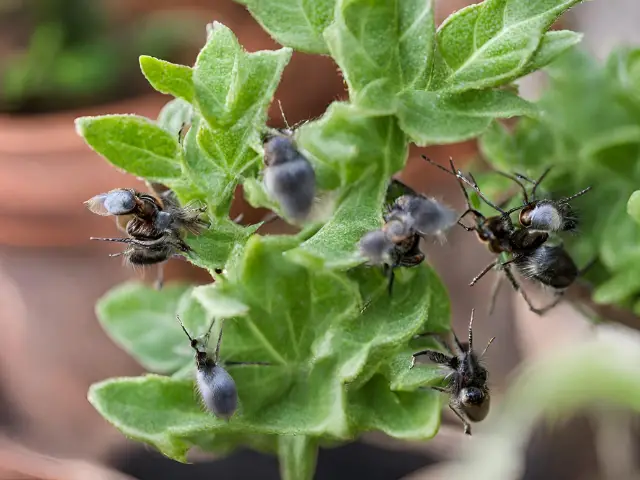Preventing Pests and Diseases in Your Container Garden
Container gardening is a versatile and popular way to bring greenery and beauty to small spaces. Whether you have a balcony, a rooftop, or limited yard space, container gardening allows you to enjoy the benefits of gardening without the need for a large plot of land. However, just like traditional gardens, container gardens are susceptible to pests and diseases. The good news is that with proper care and preventive measures, you can minimize the risk and ensure the health of your plants. Here are some tips to help you prevent pests and diseases in your container garden.
1. Choose healthy plants: Start with healthy plants that are free from pests and diseases. Inspect the plants carefully before purchasing them or transplanting them into containers. Look for any signs of damage, such as wilted leaves, discolored spots, or insect presence.
2. Clean containers: Before planting anything new in your containers, make sure to clean them thoroughly. Wash them with soapy water or use a diluted bleach solution to remove any traces of previous pests or diseases that could still be lingering.
3. Use high-quality potting soil: Quality potting soil is essential for healthy plant growth. It should be well-draining to avoid waterlogging and provide enough nutrients for your plants. Avoid using garden soil as it may contain weed seeds or pathogens that can harm your container plants.
4. Practice proper watering techniques: Overwatering can lead to root rot, which makes your plants vulnerable to diseases and pests. Water your containers when the top inch of soil feels dry but before it becomes bone dry.
5. Provide adequate sunlight: Ensure that your container garden receives sufficient sunlight according to the requirements of each plant species you have chosen. Too much shade can weaken the plants, making them more susceptible to infestations and infections.
6. Monitor regularly: Regularly inspect your container garden for any signs of pests or diseases. Look for chewed leaves, unusual discoloration, distorted growth, or any other abnormality. Early detection of problems allows for quick intervention and prevents the issue from spreading.
7. Remove infested plants or parts: If you notice a plant or part of a plant that is heavily affected by pests or diseases, it’s crucial to remove it immediately. Isolate the infested plant to prevent the spread to other containers.
8. Introduce beneficial insects: Encourage natural pest control in your container garden by attracting beneficial insects like ladybugs and lacewings. These insects feed on pests and can help keep their populations under control.
9. Use organic pest control methods: If you need to take action against pests, opt for organic pest control methods such as insecticidal soap or neem oil. Avoid using chemical pesticides as they can harm beneficial insects and pose risks to human health.
10. Rotate crops: Rotate your container plants annually to prevent the buildup of pests and diseases specific to certain plant families. This practice disrupts their life cycles and reduces the chances of recurrent problems.
In conclusion, with proper care and preventive measures, you can successfully prevent pests and diseases in your container garden. By selecting healthy plants, practicing good hygiene, providing optimal growing conditions, regularly monitoring your garden, and using natural pest control methods when needed, you can enjoy a thriving and beautiful container garden throughout the year.














